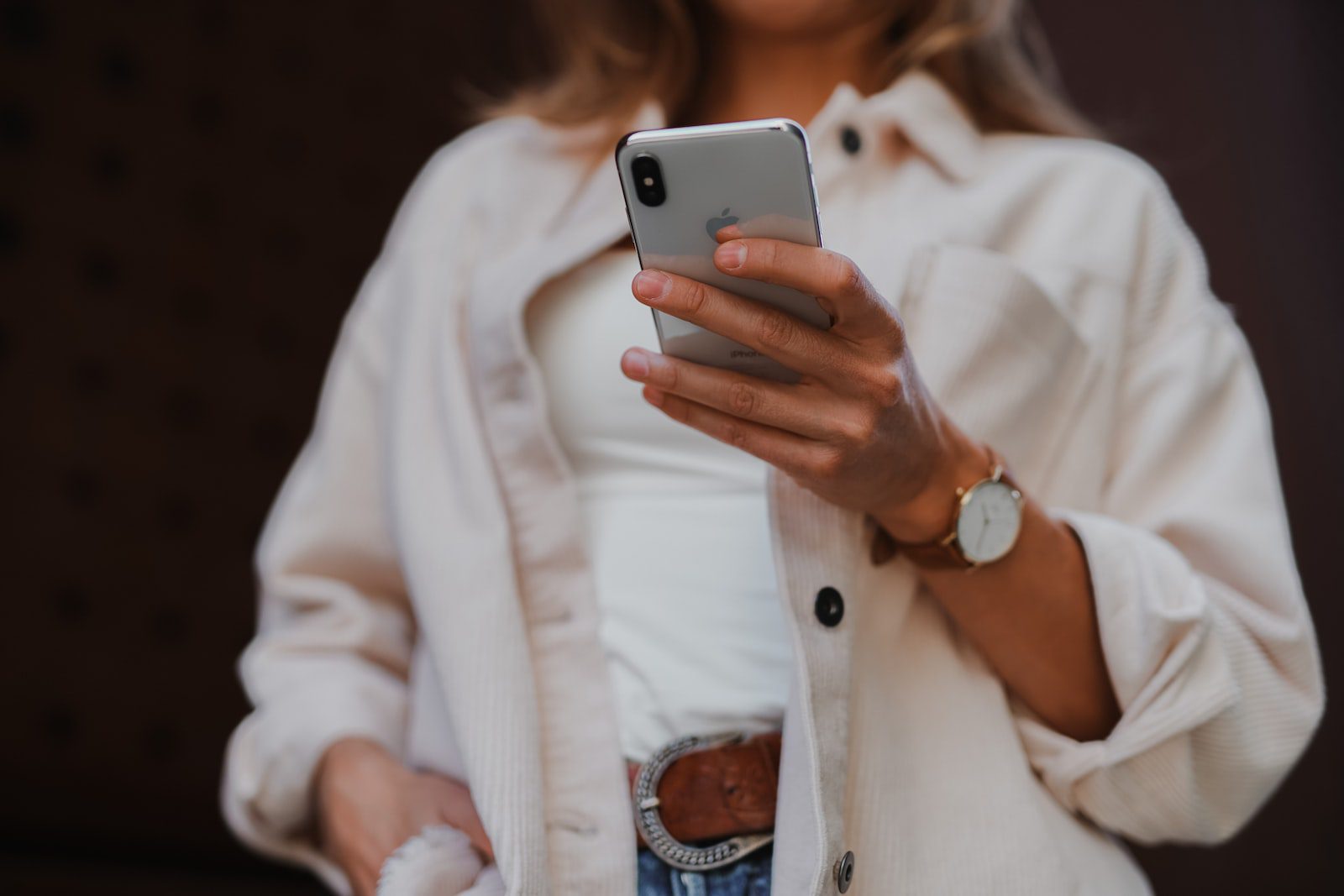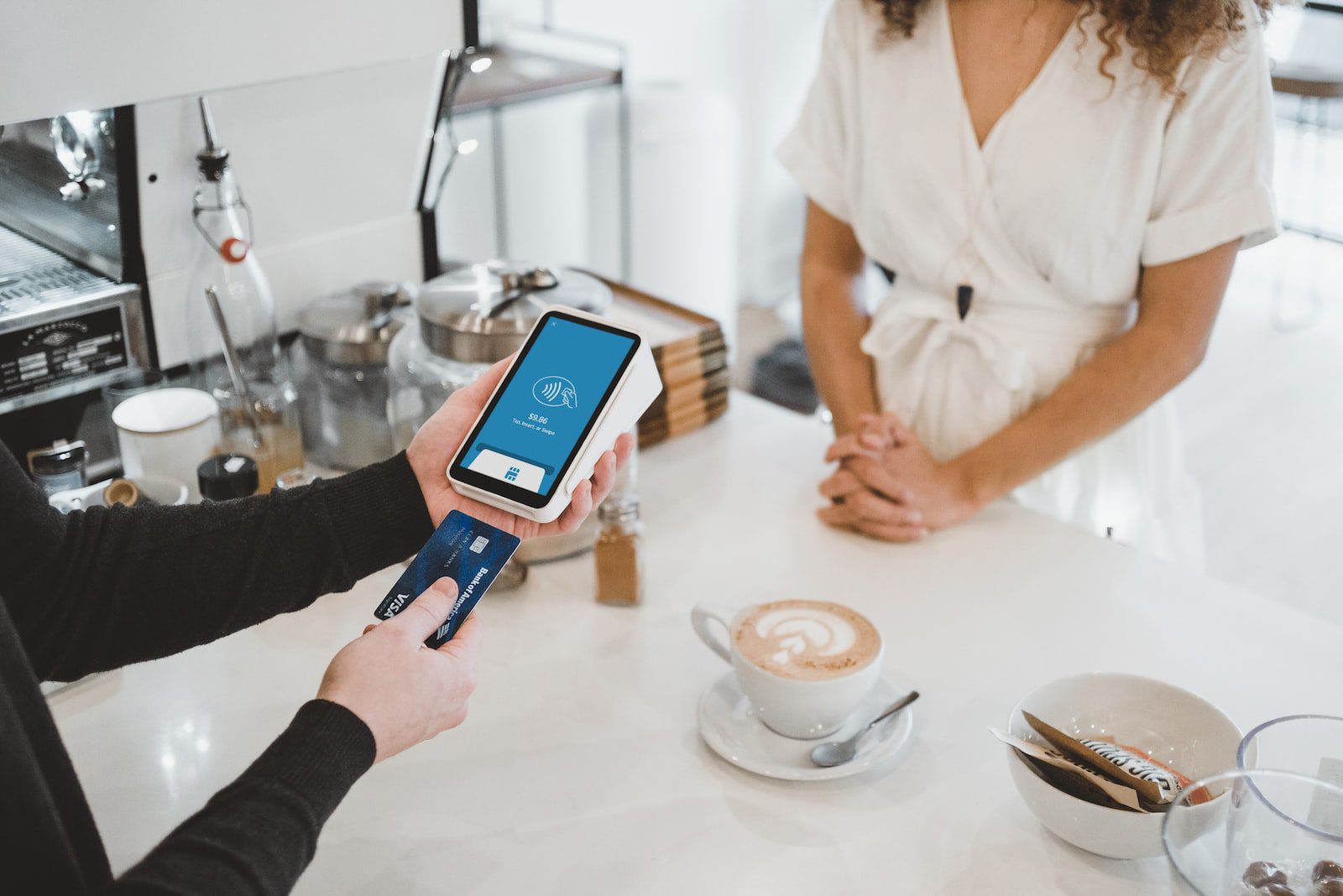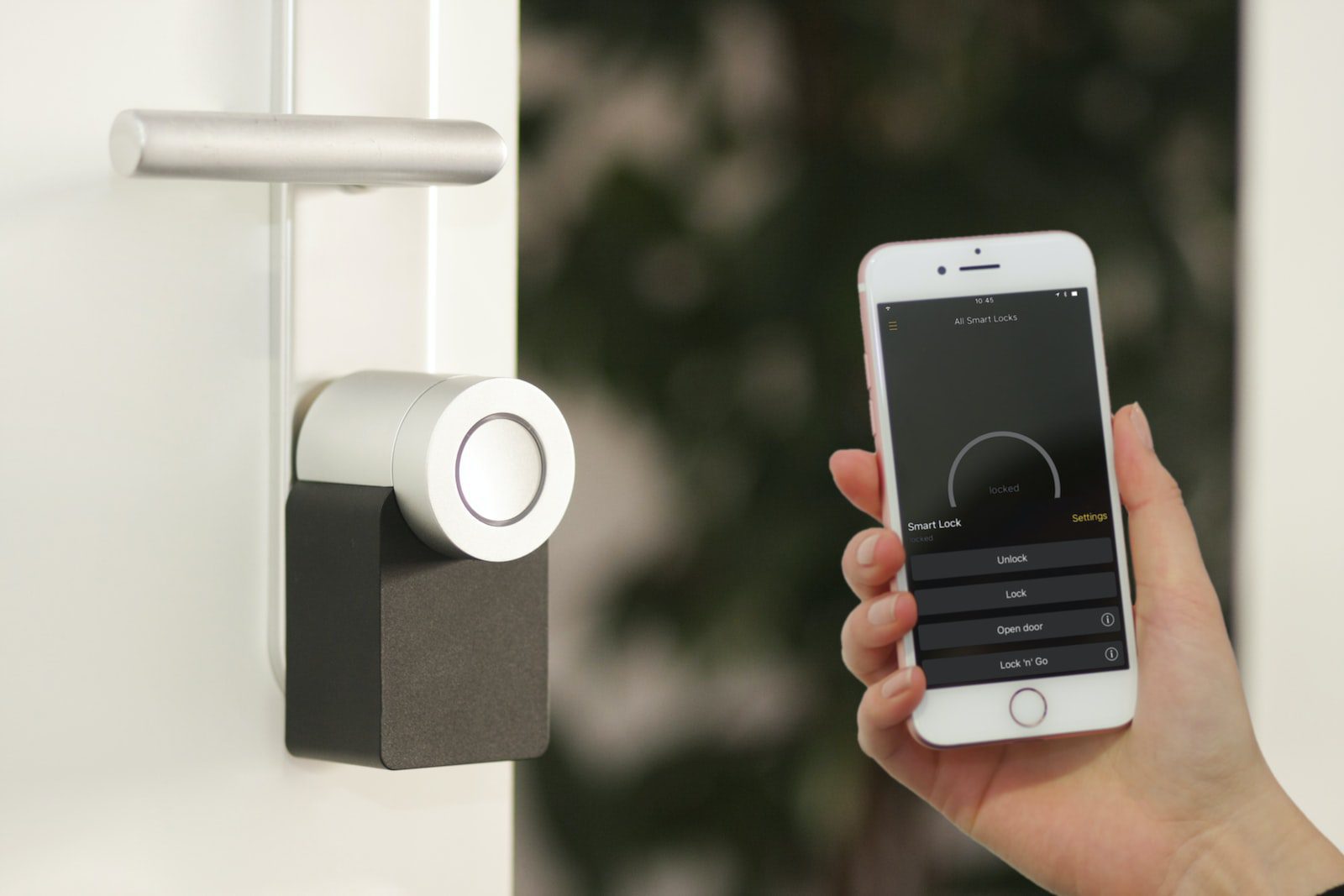LifeLine is a government-funded program that provides free or discounted cell phones and services to low-income individuals and families. Several different cell phone carriers offer LifeLine service, including Verizon Wireless, AT&T, Sprint, and T-Mobile.
The program was established under the 1996 Telecommunications Act to make communication services more accessible to those who would otherwise be unable to afford them. By providing free cell phones, the program helps provide a lifeline to emergency services and keeps those most vulnerable in our society connected to family and loved ones.
Eligibility for LifeLine
To qualify for LifeLine, individuals must have a household income that falls at or below 135% of the Federal Poverty Guidelines. Those that are enrolled in state or federal assistance programs, such as Medicaid, SNAP, SSI, and LIHEAP, are automatically eligible for the program.
Additionally, individuals or families who do not meet the income requirement may be eligible if they are incarcerated, homeless, or living on a reservation or tribal lands. Each of these situations can be verified by providing supporting documents such as a benefit statement or proof of address.
Types of Free Cell Phones
The types of free cell phones available through LifeLine vary depending on the provider. Generally, basic cell phones are offered with access to limited features such as voice calls, text messaging, and Internet browsing. Some providers may even include additional features such as camera, music, and video. These phones may also include access to a limited number of cellular minutes, data, and SMS (text messages).
Activating and Maintaining Service
In order to activate and maintain LifeLine services, individuals must provide proof of eligibility. This can include a valid government-issued ID and proof of residence, income, or enrollment in an assistance program. Some providers may require additional documentation such as a valid Social Security Number or tax return. Once the eligibility documentation has been approved, the individual can select a phone and sign up for service.
A variety of plans and services are available through LifeLine, including basic talk and text plans, unlimited talk, text, and data plans, and international long-distance calling plans. In some cases, providers may offer additional discounts and bonus minutes on certain plans.
Costs and Fees
The cost of LifeLine plans and services depends on the provider. Generally, basic talk and text plans range from $0 to $15 per month, while data plans range from $0 to $30 per month. Additionally, some providers may require an upfront fee in order to activate and maintain the service. This fee can range from a one-time payment of $25 to a recurring payment of up to $15 per month.
Final Thoughts
LifeLine provides an essential service for low-income individuals and families. By offering free and discounted cell phones and services, the program helps keep those most vulnerable in our society connected and provides access to important services such as emergency services.
In order to access LifeLine services, individuals and families must provide proof of eligibility, which may include a valid government-issued ID, proof of residence, income, or enrollment in an assistance program.
The cost of basic plans varies by provider, but is generally minimal. In addition, some providers may require an upfront fee in order to activate and maintain the service. Through LifeLine, individuals can have access to the same services, connectedness, and convenience as those who are more financially secure.



